Many young families with babies are concerned about adding a dog to a family. They want the companionship, love,
Fortunately, there are a number of breeds that characteristically treat human babies with the deference they’d treat their own offspring. There are also characteristics you can consider when you’ve got your eye on a mixed-breed pooch.
However, while we will discuss some of the best-suited breeds for families with babies, we will not attempt to analyze the thoughts neonatal humans may have in response to dogs. That’s for you to interpret, dear reader.
Safety, Babies and Dogs
Before going forward, it is important to understand that you should never leave a dog alone with an infant or toddler. Even the gentlest, most loving pup in the world can accidentally hurt a young child, so always be sure you are keeping an eye on your children (both two-legged and four), when they are interacting.
It’s also worth pointing out that even the cleanest dogs spend their lives licking the floor, laying on the ground, chewing carcasses they find in the yard, and generally doing their best to stay dirty. While there is something to be said for allowing young children some contact with germs, you certainly don’t want to overdo it. You don’t for example, want your baby putting your dog’s paw in her mouth.
Make the initial introductions brief, and slowly allow more intimate contact as your dog demonstrates his trustworthiness. Be sure to watch your dog’s body language carefully and stop immediately if your dog shows signs of aggression or doesn’t appear capable of treating the baby with the requisite delicacy.

Remember that dogs show their discomfort through discreet body language movements, so make sure you become well-versed in canine stress signals to avoid misunderstandings. Even a turning away of the head is, to a dog, a clear indicator that they are uncomfortable.
The video below is a frightening but important example of how subtle dog stress signals can be. The dog’s body is stiff, the dog is backed into a corner, and moves its head away from the child in distress. It also looks to the adult for help – if you look carefully, you can see the whale eye (although it’s a brief moment).
WARNING: Some may find this video disturbing, as it does show a dog snapping at a small child. Watch at your own discretion.
As you can see from this video, these incidents can happen very quickly and with warning signals that may be difficult to detect if you don’t know what to look for.
Letting your dog and baby interact doesn’t need to be a harrowing experience – just make sure to be smart, know your dog’s anxiety body signals, and always give your dog a way to exit the situation if he begins to feel uncomfortable.
Introducing Dog to Baby: Safety Tips
We’ve got a few tips for introducing your dog to your baby, and how to prep before your new child’s arrival!
- Introduce your dog to the baby’s scent before bringing baby home. Try bringing home a blanket from the hospital with your baby’s scent on it to introduce your dog before meeting face to face. Cesar Millan suggests letting your dog sniff the blanket from a distance while you hold it to establish that the item is yours and he must follow your rules. You’ll want to introduce your dog to other baby-oriented scents too (don’t forget, dogs use their noses much more than we do) for things like diapers, baby lotion, etc.
- Practice with baby equipment. Use your baby carrier with a stuffed animal in it (as well as your baby’s blanket with their smell, if possible) to introduce your dog to what is and is not acceptable behavior around your baby. Also practice walking your dog with a stroller!
- Associate baby sounds with positive experiences! Just as you can teach your dog to associate fireworks with playtime rather than danger, you can teach your dog that baby sounds are nothing to worry about. Grab a CD of baby sounds or play recordings off of YouTube to get your dog accustomed to the cooing and cries of a small child.
- Know your dog’s stress signals. As discussed above, make sure to read up on dog body behavior and become familiar with how your own dog expressed discomfort and distress.
- Train your kids! While this won’t be possible for tiny babies, as you child gets older and begins crawling and walking, you’ll want to teach them how to treat your dog with respect (no pulling on their tale or ears, no chasing them, etc).
- Give your pooch an exit. Don’t let your baby force your dog into a corner – your dog should always be able to walk away if he feel uncomfortable.
- Get the help of an expert. Professional trainers can be a huge asset to help you and your dog prep for a new creature in the home! Professional training will be especially essential for dogs with a history of anxiety or aggression.
- Consider creating no-dog zones. Dog Whisperer Cesar Millan suggests establishing boundaries and showing your dog that you own your baby’s playpen, nursery, etc by creating zones your dog is forbidden to go into.
- Don’t ignore your dog and his routine. Having a new child at home is stressful, but your dog still needs attention, love, and walks! If you know your routine will be changing when the baby arrives, start adjusting your dog beforehand (for example, if a neighbor will be helping to walk the dog, start that routine before the baby arrives). Make sure to not neglect your dog’s exercise, as regular exercise can be huge in alleviating your pooch’s stress.
- Start socializing. If deemed safe, start socializing your dog with children now, so that your dog can get accustomed to them.
- Avoid face to face contact. While it may be tempting, it’s recommended to not let your baby and dog engage in face to face contact, and to keep your baby off the floor when your dog is around.
- Never leave your dog alone with the baby. It’s already been said, but it’s worth saying again – never leave your baby alone with your dog. Not even for a second! It’s simply not worth the risk.
Remember, even good dogs can accidentally injure your baby with a swipe of their paw. Some dogs have been known to try to pick up babies by the scruff of their neck, as they would their own puppies – it’s simply instinctual.
For more information on introducing your dog and baby, we suggest checking out Family Paws – they offer great resources and have books on mingling babies and dogs as well as toddlers and dogs.
And while we are talking about dog and child safety, let’s just go ahead and agree that you won’t attach your dog’s leash to your baby’s stroller. This is a horrifyingly common and misguided practice that I see too often at local parks. Even the best-trained and gentlest dogs occasionally have a “SQUIRREL!!!” moment, which could spur them to run off, dragging stroller and baby along for the ride.
Traits of Dogs that Are Great with Babies
Before we get into the specific breeds that are well-suited for families with young babies, it is important to identify the characteristics that make these breeds so good with rug rats.
In addition to being instructive, these traits will help you determine the suitability of mixed-breed dogs for your family.
Most dogs that are good with babies possess the following traits:
- Calmness – Hyperactive dogs who spend their lives bouncing off the walls are not well-suited for families with babies or toddlers. Instead, you want a dog with a calm, deliberate demeanor to help avoid accidental injuries.
- Loyalty – Dogs that are extremely loyal to their puppy parents are more likely to be loyal to their “siblings.” Such dogs are also more likely to exhibit protective behaviors toward your young ones.
- Gentleness – No matter the breed, dogs exhibit varying abilities to play gently. Even among a notoriously gentle breed like Labrador retrievers, there are some that love to play roughly and others who are delicate in their actions. Obviously, families with babies should opt for those that resemble the latter.
- Obedience – Only dogs that demonstrate a basic level of obedience should be allowed in close proximity to young children. Minimally, they must do things like sit, lay and come on command – this ensures that you can control the dog while simultaneously holding your baby.
- Tolerance – To be suitable for families with babies, dogs must be tolerant of the pulling, pushing and other indignities toddlers may inflict on them. This kind of tolerance characterizes dogs that will not respond aggressively to these harmless, if certainly annoying, behaviors children often carry out.
Great Breeds for Homes with Babies
All dogs are individuals, so there are never guarantees that a given pooch will behave as is characteristic for the breed. Accordingly, it is important to evaluate the specific dog you intend to introduce to your family, rather than relying solely on the breed.
1. Golden Retriever
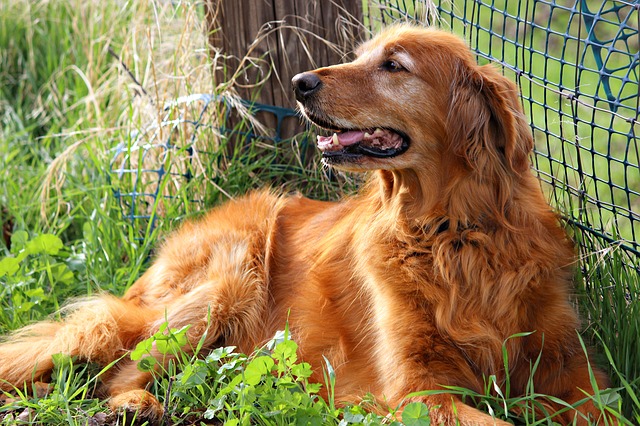
Seriously, are there any applications in which golden retrievers do not excel? They’re good at just about everything, and there’s no denying their incredibly capable nature. Goldens are loving, loyal, affectionate and gentle, so they’re great dogs for families with young children.
Golden retrievers love to hang out with their people, and they tolerate young children very well. However, you won’t want to add a golden to your family if you do not have sufficient space – they’re a high-energy breed – or if you are away from the home for long periods of time.
2. Labrador Retriever
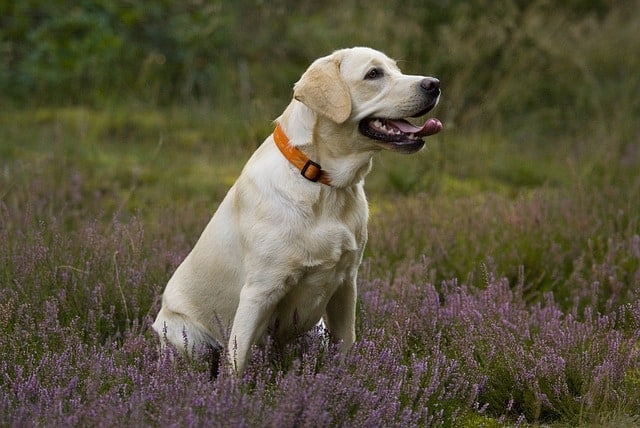
Labrador retrievers are great companions for most families that have the energy, space and attention to provide these loving, gentle and friendly dogs. There is a reason, after all, that labs have consistently been the most popular breed in the country, according to the AKC.
Labs require a great deal of exercise and they don’t like to be away from their family, but they are easy to train and most will fit right in with your children. Labs can be a little rambunctious while young, but by the time they are 3 or 4 years old, most calm down nicely.
3. Boxer
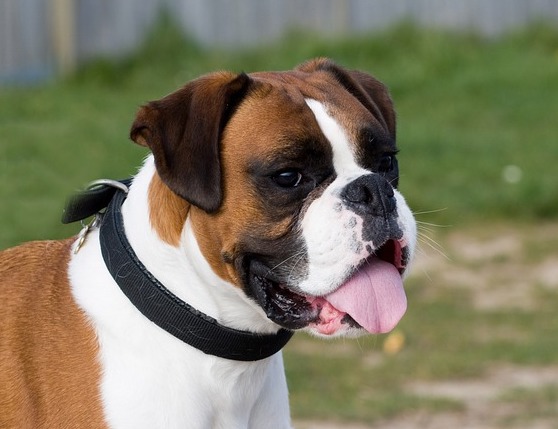
Boxers are famous for their loving and playful personalities, and they make wonderful companions for older children. However, boxers also get along fabulously with infants and toddlers, and can usually be trusted to behave appropriately in their presence.
Boxers are a snuggly breed, so they often tolerate the kind of full-body contact young children unleash upon them, and they put up with most of the challenges that accompany playtime with kids. Boxers drool rather heavily, but they are pretty neat and tidy dogs in most other respects, and their short coats require very little maintenance.
4. Newfoundland
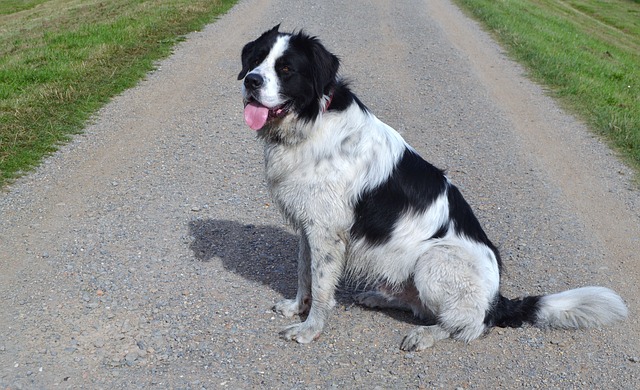
Gentle giants, Newfoundlands are great companions for families with young kids, even if those kids are only babies. In truth, Newfoundlands are friendly with just about everyone, so it isn’t surprising that they’re great with infants and toddlers.
Newfoundlands have very even temperaments, which helps them to tolerate the pushing, pulling, slobbering and screaming that infants often direct in their direction. They learn quickly and love pleasing their owners, and they are even acceptable selections for first-time dog owners. The biggest problem with Newfoundlands is their drool and long coats, which require some maintenance.
5. Pug
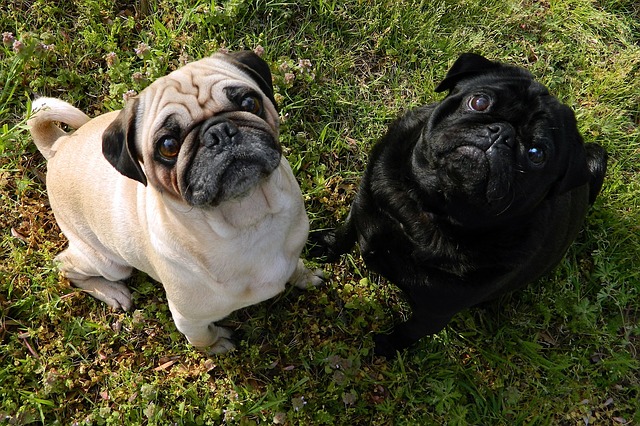
Pugs were bred to be companions, and this is immediately obvious to anyone who meets one. Pugs tend to follow their people around from room to room, always on the lookout for the appearance of their favorite thing: a lap on which they can sit. Pugs are generally sweet and affectionate dogs, and they are often great with babies.
However, you have to be sure a pug is a good fit for your family before welcoming one into your home. Pugs can be difficult to housebreak, and they are not well-suited to being left alone for prolonged lengths of time. They also shed profusely and will eventually cover your home, carpet, clothing and children in a layer of fur.
6. Beagle
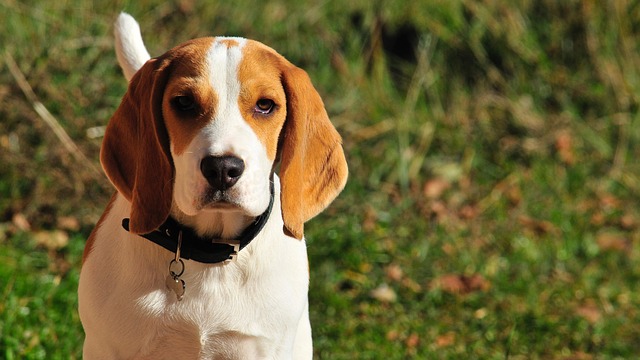
Beagles are one of the “classic” breeds for kids; in many ways, they become another child for your family. As hound dogs, they’ve been bred to work in packs – regardless of whether these packs consist of dogs, children or other animals. They’ll follow older kids around like a shadow, eager to participate in whatever activity is on the agenda, but they are also good with babies and toddlers too.
The biggest complaints most people have about beagles include their tendency to hoot, holler and howl, and their habit of getting into minor mischief if insufficiently stimulated. Beagles need plenty of exercise, so they’ll thrive best with families that have fenced yards.
7. Bulldog
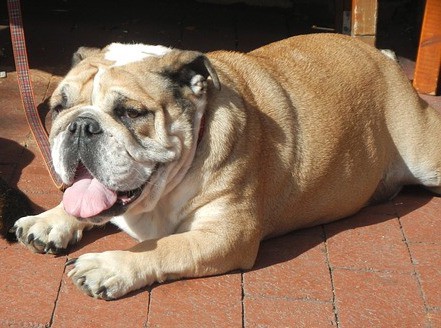
Despite the somewhat disturbing history of the breed, modern bulldogs are marvelous companions for families with babies or toddlers. Bulldogs need relatively little out of life: A bowl full of food, a family to love them and a comfortable place to sleep. They are incredibly gentle and good-natured, and sturdy enough to withstand the abuse young kids dish out.
Because of their unusual build, bulldogs do frequently suffer from a number of health problems. For example, thanks to their short faces, they do not tolerate high temperatures very well. This build also makes them poorly suited for extended periods of high-intensity activity, although they do need enough exercise to avoid obesity – a common problem for the breed.
Adult Dog or Puppy?
It’s an objective scientific fact that puppies are the cutest creatures the world has ever seen, so most prospective pooch parents are inclined to obtain dogs that are two, three or four months old, rather than mature dogs, who are two, three or four years old.
However, older dogs are generally better suited for life in a family with small babies, as they are generally calmer, more tolerant and more obedient than young puppies are. This isn’t to suggest that puppies cannot get along well with babies, just that adult dogs are generally a better choice.
No matter the age of the dog you select, just be sure to use good common sense and keep safety at the forefront of your mind when introducing a new pooch to your baby.
***
Again, a dog’s ability to interact safely with young children is determined by her individual personality more than her breed. There are Akitas who make great playmates for young kids, as well as golden retrievers who don’t make good companions for infants and toddlers.
What breeds have worked out well with your baby or toddler? We’d love to hear about your experiences in the comments below.
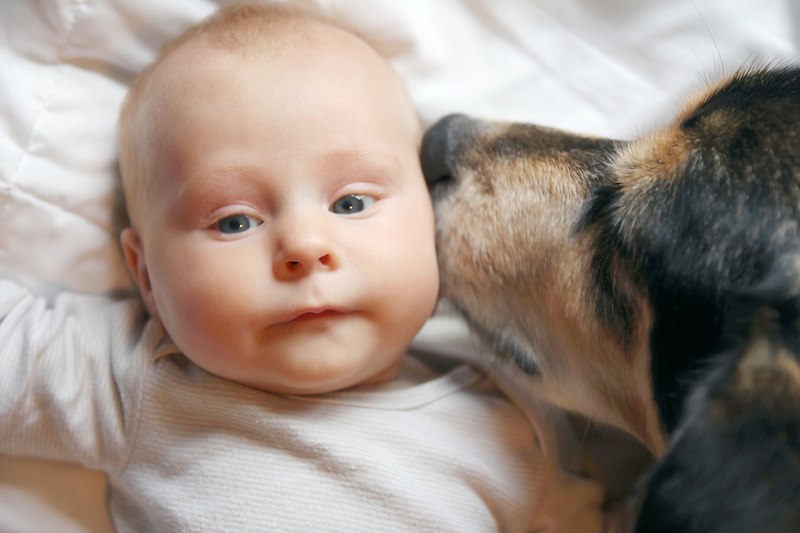



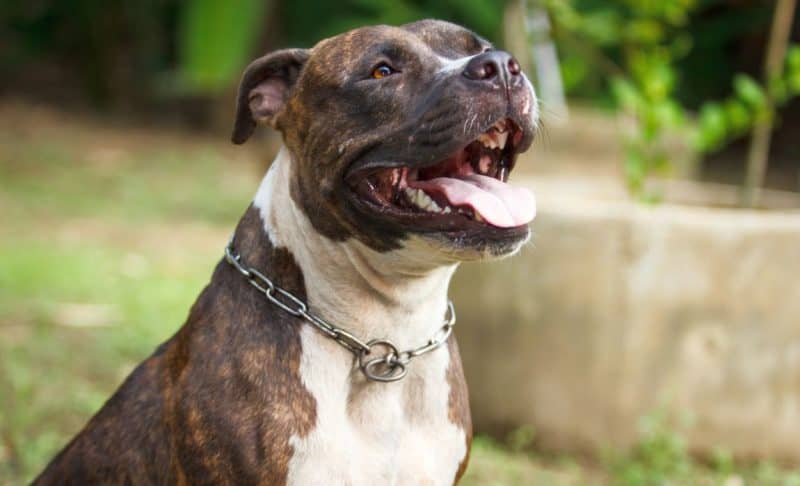
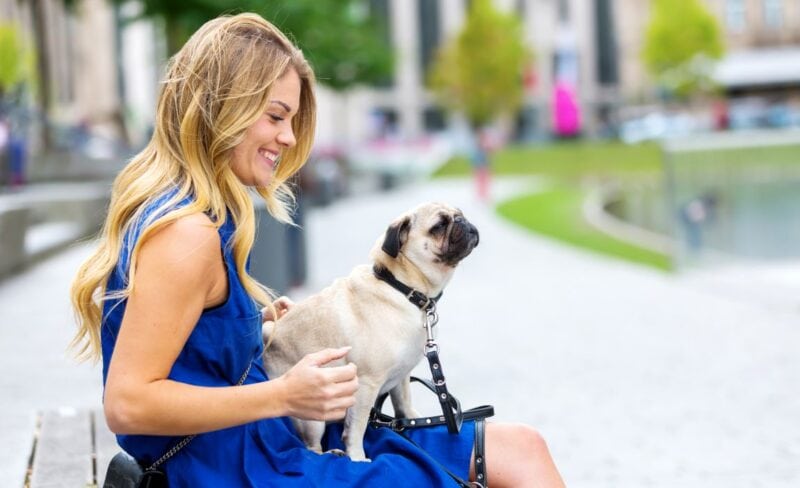
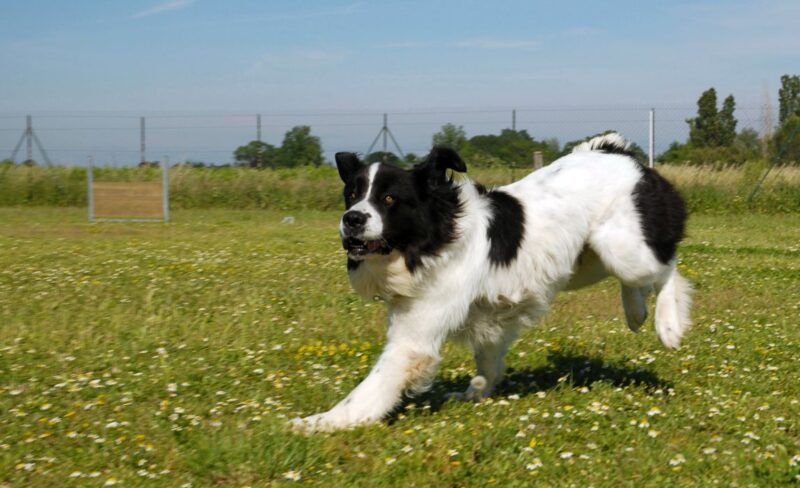

Leave a Comment